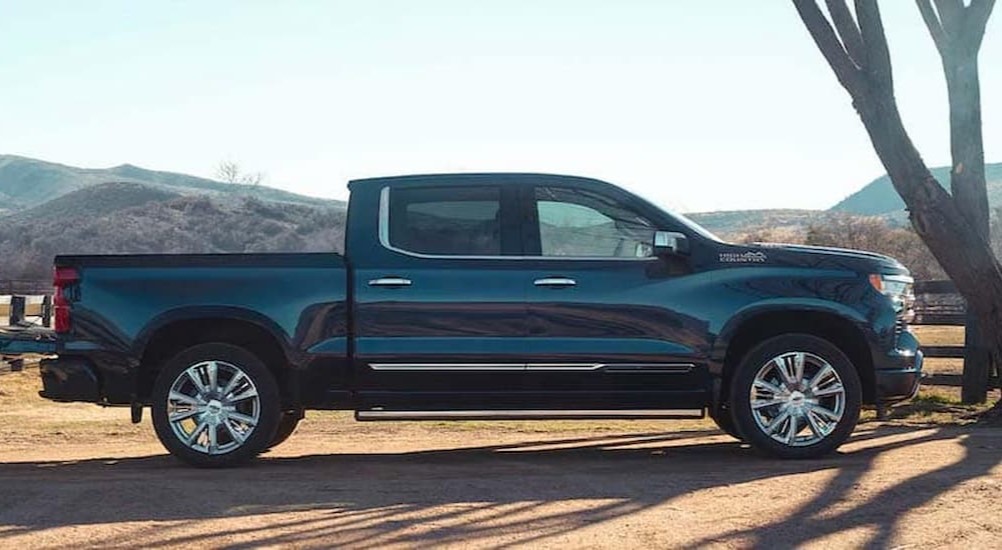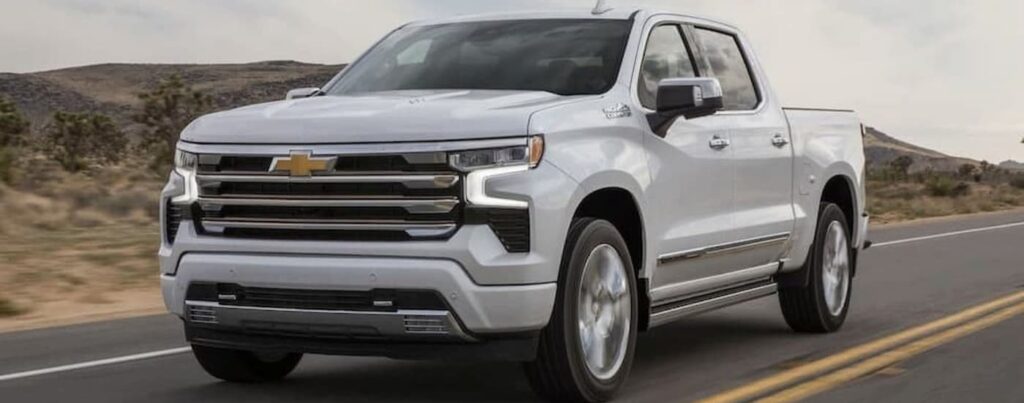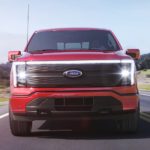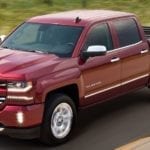For about as long as the auto industry has existed, trucks have been among the most important vehicles being designed and produced. Whether you’re looking at options from a century ago, which were little more than frames that people had to build their trucks onto, or the most sophisticated and luxurious pickups on the road right now, people need these vehicles to be able to get stuff done. Sure, a truck can be great for enjoying the weekend—especially if you like camping, fishing, or tailgating—but at their heart, the best trucks are designed with work in mind. That’s why you can find so many different options right now from just about every major manufacturer with a simple search of “work trucks near me.”
This being said, it illustrates the fact that we’re at an interesting juncture in the auto industry with some rocky roads ahead of us. There’s no denying that the future of the industry is electric; it’s only a matter of time for when, not if, all vehicles run on all-electric powertrains. And this brings us to an important question: should you be considering a battery electric vehicle (BEV) for your next work truck? You’re about to have quite a few options available to you when it comes to an impressive electric truck, so let’s take a look at an example—for our purposes, we’ll consider the conventional Chevy Silverado 1500 and the Silverado EV—to see if it has what it takes to become your new workhorse.
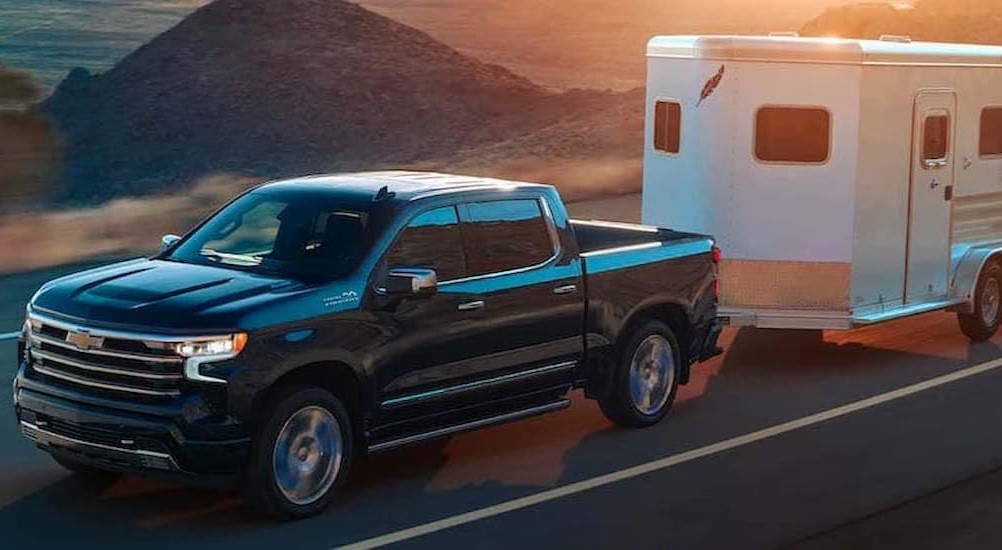
A Question of Power and Performance
I’ll go out on a limb here and say that if you’re looking for a work truck—or if anyone is, really—then you need something with some oomph. One of the biggest reasons you weren’t going to see an all-electric truck a decade or two ago, at least not one that was actually practical, was the limitations that BEVs have had in the past. Those limits are disappearing and being overcome at an exciting rate, providing us with powerful vehicles that don’t create any emissions. But are they powerful enough?
Let’s look at the 2024 Chevy Silverado 1500 and its four conventional engines. You start with the latest impressive bit of engineering to come from Chevy: the new TurboMax I-4 engine that delivers 310 hp and 430 lb-ft of torque; this is the standard engine on the Silverado now, and it’s a beauty. From there, we can see an available 5.3L V8 engine with 355 hp and 383 lb-ft of torque, which is fine but honestly feels outdated at this point. The available 6.2L V8, on the other hand, is still very timely with 420 hp and 460 lb-ft of torque; finally, there’s a Turbo-Diesel with 305 hp and 495 lb-ft of torque. This is everything I’d expect from a modern pickup, and aside from the somewhat underwhelming 5.3L V8, it’s a remarkable selection of options with a lot of power packed into it. So, how does the EV hold up?
The 2024 Silverado EV has a pair of motors powered by GM’s impressive Ultium battery platform and technology. Chevy’s been a little cagey with the details on how much power it puts out, but they’ve said the WT model will launch with 510 hp and 615 lb-ft of torque, which is undeniably impressive. Beyond that, the Silverado EV RST can put out 754 hp and 785 lb-ft of torque using its Wide Open Watts Mode, but this is essentially an electric launch control that lets it go from 0 to 60 mph in less than 4.5 seconds. That’s impressive and great for merging onto the freeway, but it’s not consistent, all-day-long power. Still, the Silverado EV has plenty of muscle packed into it, but how does that translate into the real world?
Muscle and Real Capability
A great work truck needs to be able to do just that: work. Horsepower and torque numbers are great on paper (or on your screen), and we all enjoy a bit of bragging rights when our favorite truck is more powerful than another, but at the end of the day, that stuff isn’t what’s most important. Your truck needs to have enough power to drive well and get up hills, but beyond that, you’re looking at what kind of weight it can handle.
The 2024 Chevy Silverado 1500 has different amounts of maximum payload and towing potential depending on which engine you look at. With its standard engine, the Silverado 1500 tops out at 2,260 lbs of max payload and up to 9,500 lbs of towing. From there, more powerful engines lose a bit of payload due to weight but gain boosted towing power. The 6.2L V8 comes in at just 1,980 lbs of maximum payload, but it can handle up to 13,300 lbs of weight behind it, making it an amazing option for hauling stuff.
By comparison, the Silverado EV, with its single battery and motor setup, is a lot easier to figure out regarding capability. The RST model can handle up to 1,300 lbs of payload and up to 10,000 lbs of maximum towing capacity. Honestly, that payload is a big hit compared to the standard Silverado 1500 models and could be the deciding factor if you like to load up with a lot of stuff and push the limits of your truck’s payload rating. Having 10,000 lbs of towing is sufficient for most folks but falls behind the best the Silverado 1500 can do—a future model will be able to handle up to 20,000 lbs of maximum trailering, but there’s no telling when that’ll come out. For now, the Silverado EV falls behind the conventional truck; the only question is whether it’s enough of a difference to matter to drivers.
An Investment, but at What Cost?
Not to be considered gauche, but we need to talk about the proverbial elephant in the room: price. Everyone knows trucks have become pretty costly these days, and even if your truck is an investment in your business—or your ability to get to a job site each day with the equipment you need—it’s still important to consider your expenses. The best truck in the world is pointless if you can’t actually afford it; what matters most is a truck that delivers what we need, and that fits into whatever kind of budget someone has.
The 2024 Chevy Silverado starts at $36,800 MSRP for the WT trim, though I would personally start with the LT trim since it has a much nicer interior and a lot of upgrades—that one starts at closer to $50k. That’s unfortunate, but it’s just the way it is with trucks these days. If you really want to deck out the Silverado 1500 with the High Country trim, then you’re starting at more like $65,000 to $70,000 to kick things off and get a fantastic truck.
Right now, at launch, the RST First Edition costs more than $105,000 MSRP. Yeah, that’s a lot for a truck, even a fancy electric one. We’ll get more options soon that will include a variety of price points from $50k to $80k+, but that doesn’t do us a lot of good right now. And any way you look at it, for someone interested in a $35-40k pickup, the Silverado EV is completely out of their price range. This is going to be the biggest sticking point for a lot of folks who are open to the idea of a BEV work truck.
Can a BEV Truck Get the Job Done?
That’s the big question, and there are tons of different factors each driver needs to consider and answer before making that decision. Personally, I don’t have six figures just sitting around to drop on a work truck, nor do I want a $1,800 car payment each month, even if I was interested in financing a Silverado EV. Once we’re past the steep price of the RST First Edition and get actual numbers on what future Silverado EV models cost, then it’s something I would consider.
Hopefully, Chevy can continue to improve on those payload and towing numbers, not to mention whatever impact towing has on its driving range. For now, I’m definitely in a “wait and see” space when it comes to BEVs as work trucks, but there will be a time in the not-too-distant future when everything adds up and makes sense.
